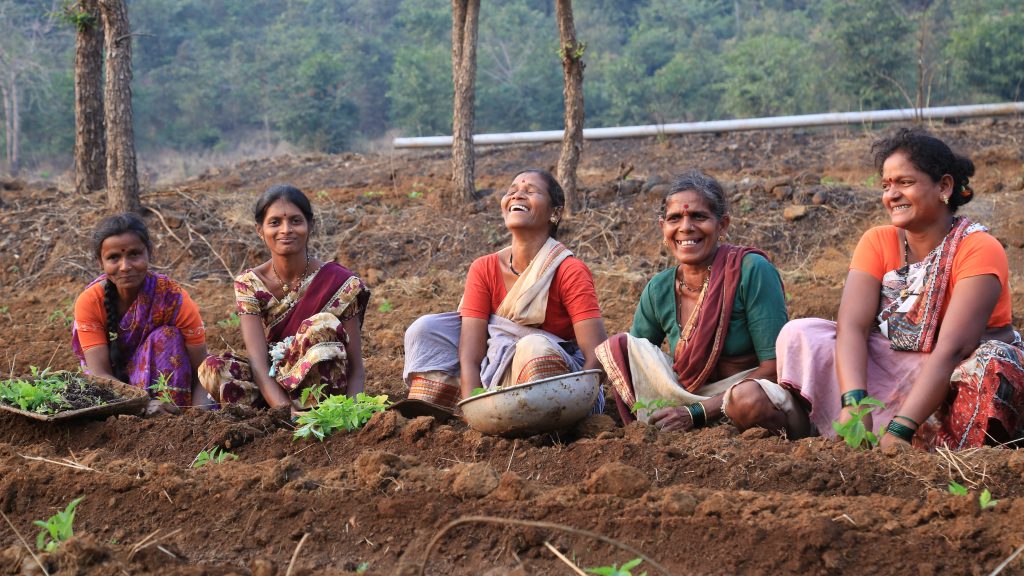
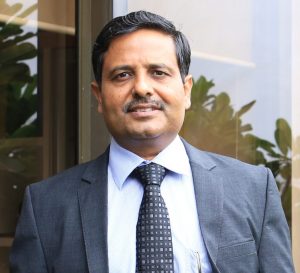
What is Poverty? Is it just the unknowingness of when you will have your next meal, or is it a lack of money to sustain yourself? Defining poverty is complex. The World Bank defines it as more in respect of deprivation in well-being and low income, and the inability to acquire the basic needs necessary for survival with dignity. Poverty is more complex, especially in India, where it emerges from the challenging play of many factors.
Absence of essential needs, services and information over long periods results in a prolonged struggle for the poor. Further, any lingering poverty and repeated failure to eradicate it leads to “Mental Poverty” in a poor household. Mental poverty is the lack of hope or inability to think of a better life for such a person or a household. Consequently, such individuals and communities consider themselves doomed and accept circumstances as their fate and continue living a life without dignity in poverty. As a result, the community members cannot understand or pursue opportunities around them that can transform their lives out of poverty.
In the words of Amartya Sen, “Poverty is the deprivation of opportunity”. Poverty arises from the denial of opportunities that stem from many inequalities in our social, economic, and political fabric. It means a lack of essentials to survive and the absence of education, health, water, and hygiene. In addition, the frequent inflation, limited knowledge of skilling opportunities, migration to cities in search of better opportunities, and emergencies like pandemics and natural calamities further make the poor poorer.
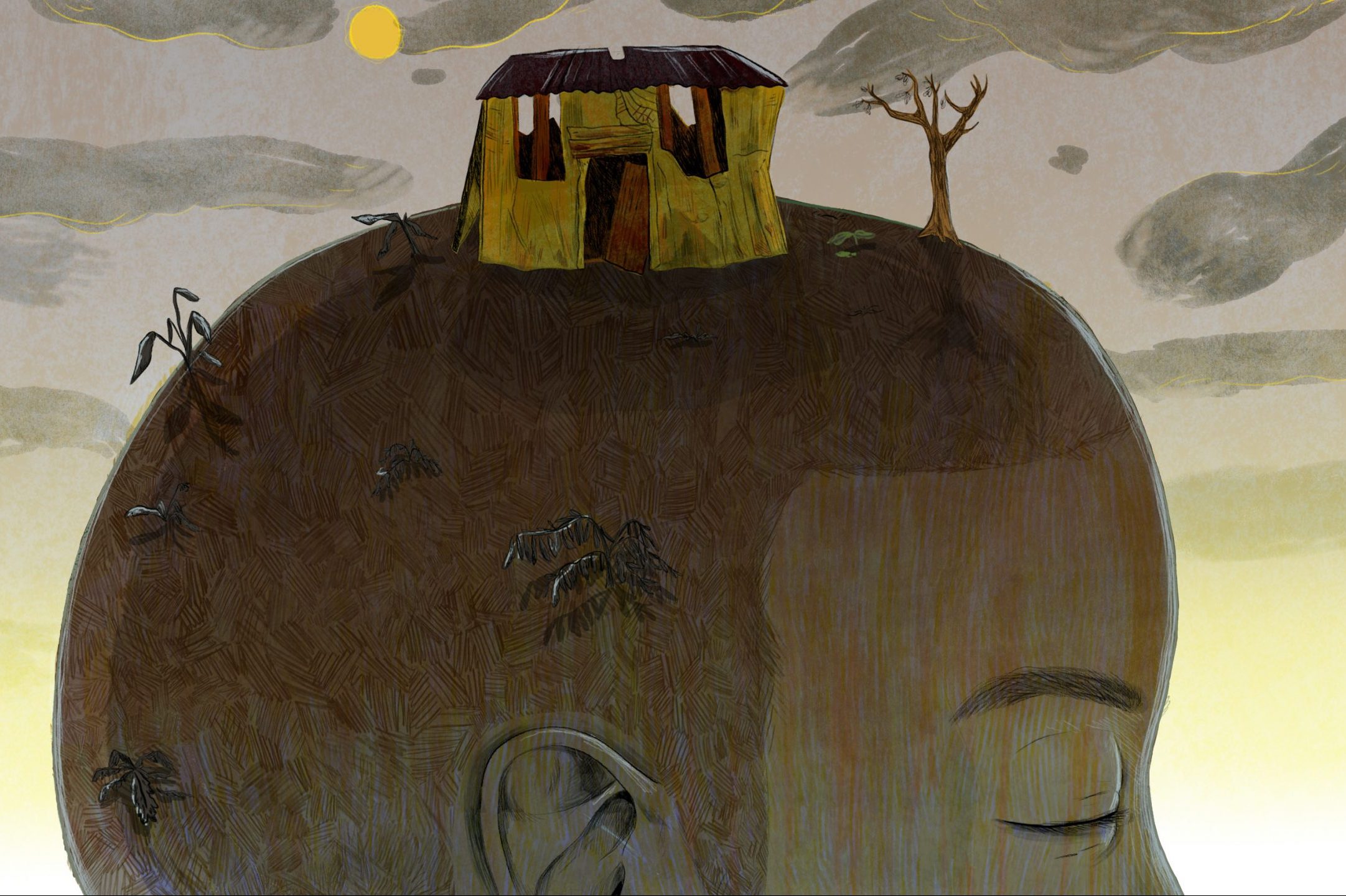 This absence of essential needs, services and information over long periods results in a prolonged struggle for the poor. Further, any lingering poverty and repeated failure to eradicate it leads to “Mental Poverty” in a poor household. Mental poverty is the lack of hope or inability to think of a better life for such a person or a household. Consequently, such individuals and communities consider themselves doomed and accept circumstances as their fate and continue living a life without dignity in poverty. As a result, the community members cannot understand or pursue opportunities around them that can transform their lives out of poverty.
This absence of essential needs, services and information over long periods results in a prolonged struggle for the poor. Further, any lingering poverty and repeated failure to eradicate it leads to “Mental Poverty” in a poor household. Mental poverty is the lack of hope or inability to think of a better life for such a person or a household. Consequently, such individuals and communities consider themselves doomed and accept circumstances as their fate and continue living a life without dignity in poverty. As a result, the community members cannot understand or pursue opportunities around them that can transform their lives out of poverty.
This issue especially becomes more challenging in the hinterland because of geography, and generally, low priorities. Also, economic engines and opportunities focus on urban areas with higher densities. So, when we talk about poverty eradication, especially in rural India, we have to focus on creating enablers to make people stand on their feet and empower them with information and solutions to create a permanent positive change in their lives.
Enabler 1: Government Initiatives to Address Poverty
To bring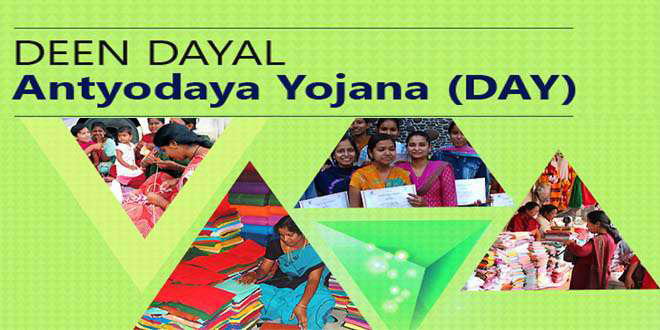 rural Indians out of poverty, various government schemes offer hope and help meet basic essential needs. Schemes like the National Rural Livelihood Mission (NRLM), now Deendayal Antayodaya Yojna, focus on providing sustainable opportunities to the poor to increase their household income. At the same time, the
rural Indians out of poverty, various government schemes offer hope and help meet basic essential needs. Schemes like the National Rural Livelihood Mission (NRLM), now Deendayal Antayodaya Yojna, focus on providing sustainable opportunities to the poor to increase their household income. At the same time, the 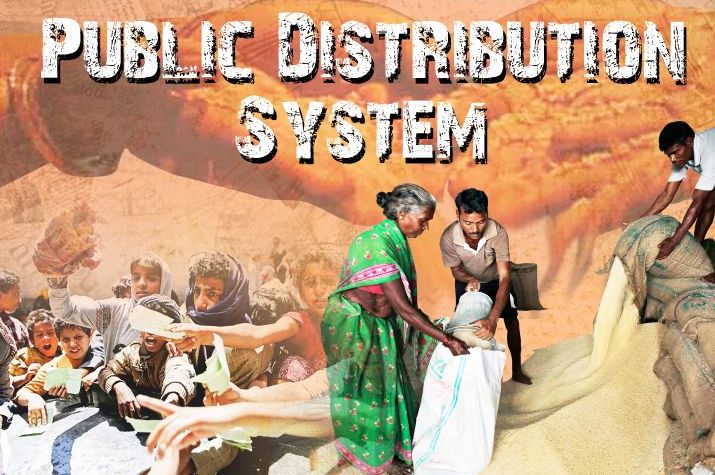 Mahatma Gandhi National Rural Employment Guarantee Act (MNREGA) guarantees a minimum of 100 days of wage employment annually. It also focuses on social inclusion where women gain priority. In addition, schemes like Pradhan Mantri Awaas Yojna (PMAY-G), Public Distribution System (PDS), Jal Jeewan Mission and Swachh Bharat Gramin, focus on providing shelter, food, water and
Mahatma Gandhi National Rural Employment Guarantee Act (MNREGA) guarantees a minimum of 100 days of wage employment annually. It also focuses on social inclusion where women gain priority. In addition, schemes like Pradhan Mantri Awaas Yojna (PMAY-G), Public Distribution System (PDS), Jal Jeewan Mission and Swachh Bharat Gramin, focus on providing shelter, food, water and 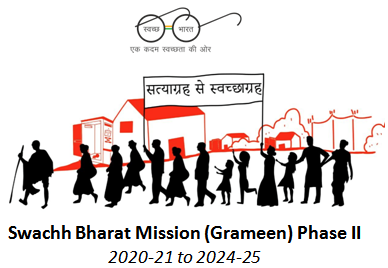 hygiene for rural community members.
hygiene for rural community members.
These efforts have made their lauding contributions to India emerging as a country with no extreme poverty. While poverty had fallen to 72 million in 2019, the pandemic pushed over 42 million below the poverty line. (Extreme Poverty in the Time of COVID-19, Brooking Report, 2021). So, the real focus should be to ensure the sustainability of these efforts for change, and also, the speed of these changes must be much higher. There has to be a time-bound goal of bringing all households to a sustainable income level per annum in rural India. Poverty eradication in rural India must focus on creating a permanent positive change where the community takes ownership and charge.
To bring rural India out of poverty, we need to shift gears toward the holistic development of the rural communities. To achieve this, a holistic development model of rural empowerment offers assurance. With its core principle in community participation, the holistic model impacts all areas of life and ensures a better quality of life.
Enabler 2: Community Ownership for Mindset Change and Holistic Development
Our experience in the villages of Maharashtra has helped build this conviction around community ownership for poverty eradication. It has been possible due to the unique 360-degree model where the community is at the centre.
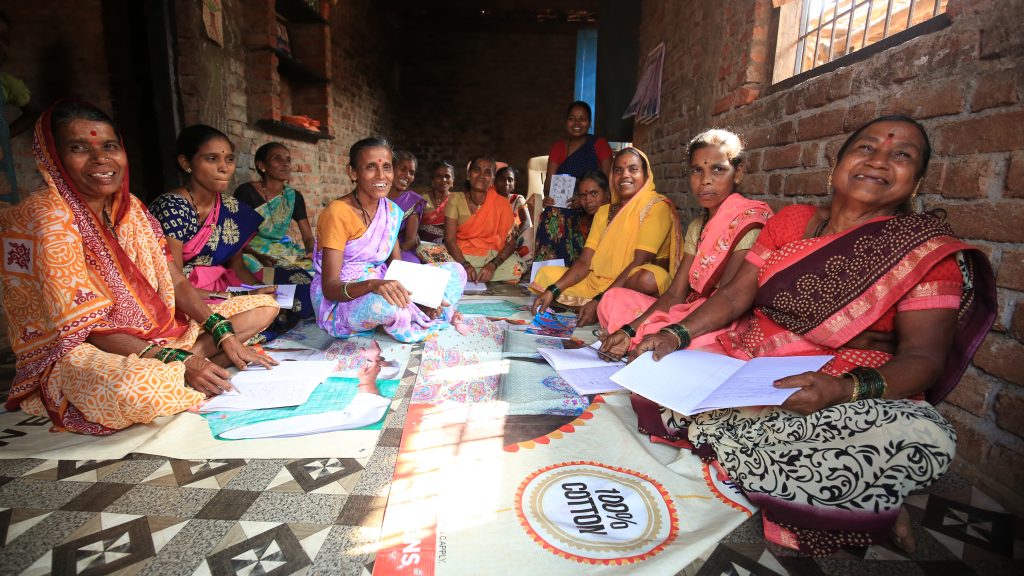 For example, Solomkond village in Raigad is creating ripples of change. It never had a paved road. We trained the community members, through a non-profit, on the need and possibility of making it happen. We also trained and motivated them through exposure visits and games on concerned departments and schemes information. One key point we stressed was that unless they take charge and ownership of their issues, things will not move to their benefit. And with joint efforts and the proper knowledge, they can develop their village and families.
For example, Solomkond village in Raigad is creating ripples of change. It never had a paved road. We trained the community members, through a non-profit, on the need and possibility of making it happen. We also trained and motivated them through exposure visits and games on concerned departments and schemes information. One key point we stressed was that unless they take charge and ownership of their issues, things will not move to their benefit. And with joint efforts and the proper knowledge, they can develop their village and families.
Post this, community members came together and decided to construct a paved road for their village. The community members led the process and applied for grants for village development in their Gram Panchayat office. As a result, the community members received a fund of Rs 12 Lakhs sanctioned for their village development. Solamkond village got a paved road, constructed a boundary wall, and installed solar street lights. And all this happened over five months. The community members of Solamkond proved that the correct information empowers the powerless and builds their mindset towards positive change.
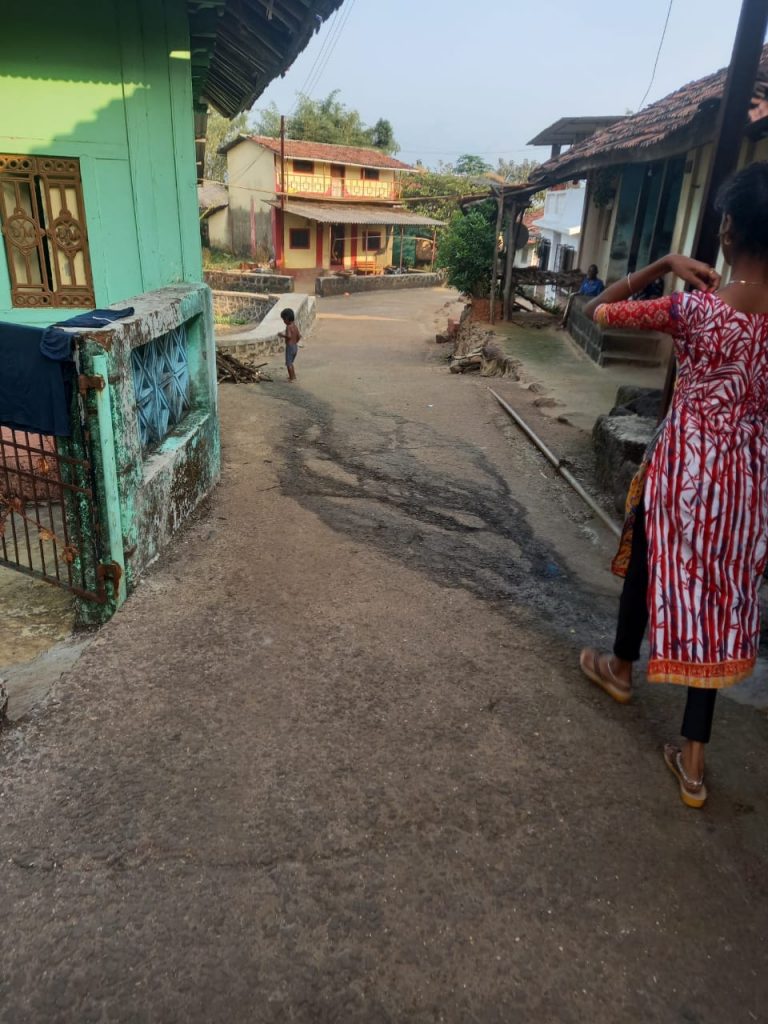
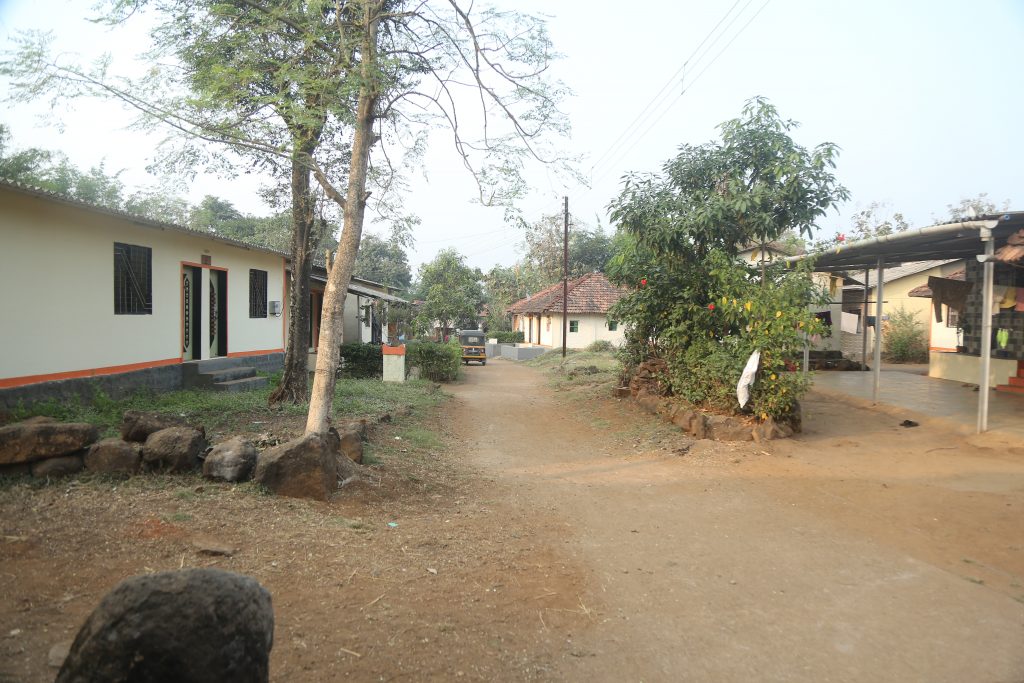
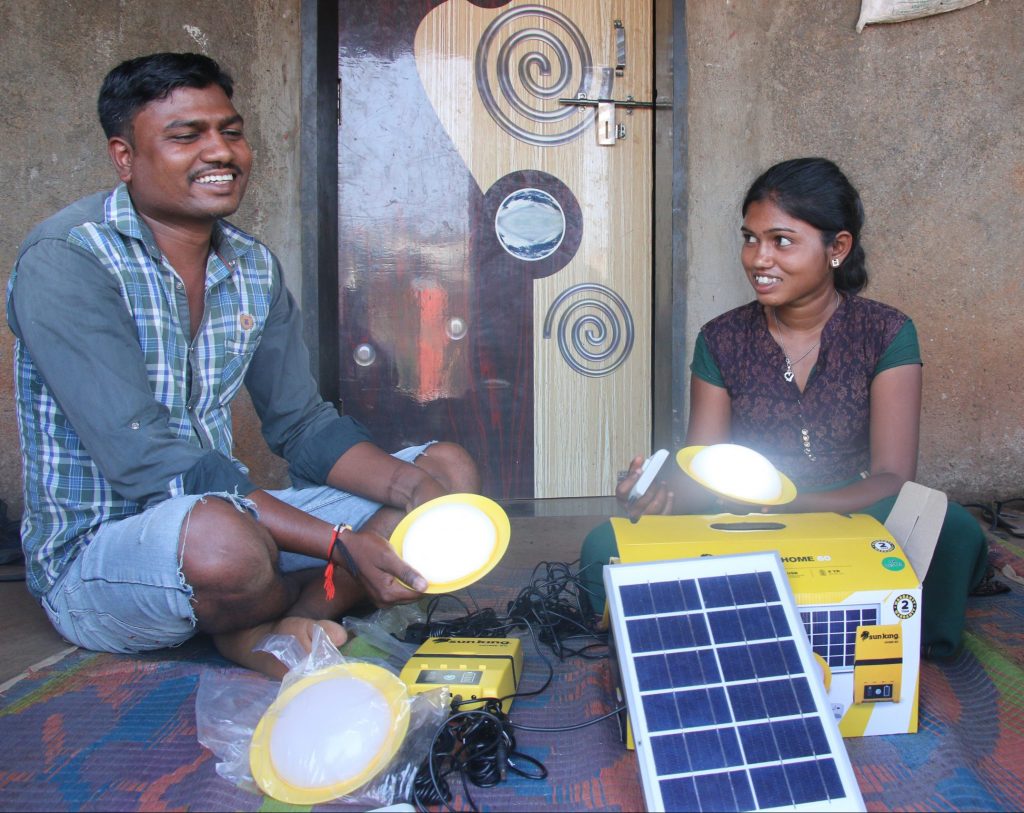
Village Development Committees to drive community participation: We must accept that government, non-profits, development partners, and other stakeholders cannot be with the community forever. The community has to take the lead and get the welfare schemes executed. We can achieve this by creating Village Development Committees (VDCs) of volunteers in each village with equal representation of all community members – gender, caste, and age. These VDCs have to design their Village Development Plan (VDP) which also should have a plan for each household in their village. With the support of a non-profit in Raigad and Nashik, 1100+ Village Development Committees were formed and trained on governance and various programmes to design the VDPs. These Committees are now implementing and monitoring these VDPs.
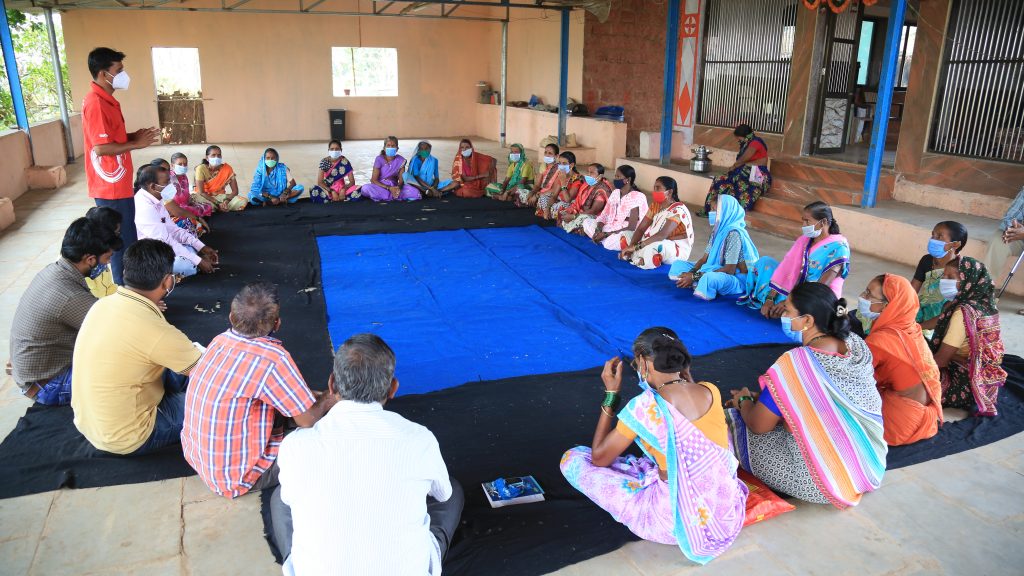
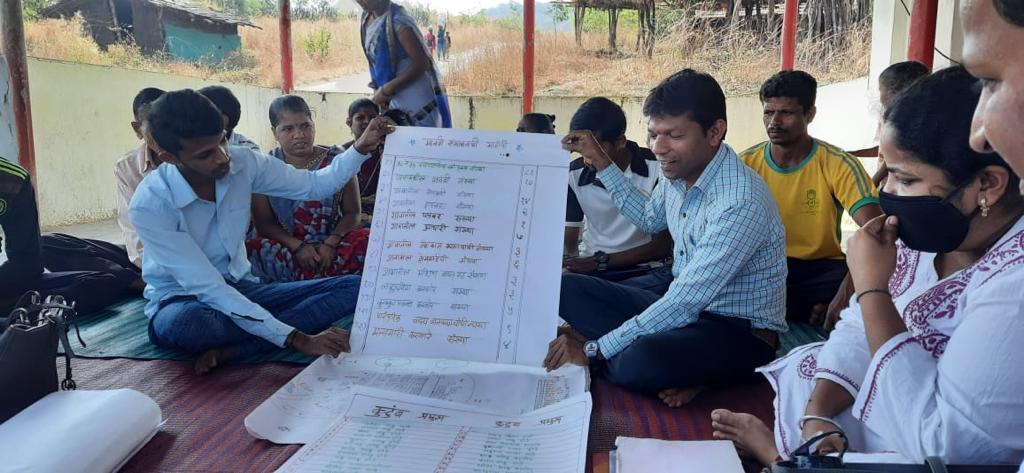
Another thing that we have realised in our journey in rural Maharasthra is that nothing should be free for community members. The communities should pay a small price. It can be a small donation in cash for their need or contribute through ‘Sweat Equity’ to ensure the community’s skin in the game. It has proven to bring a sense of ownership to the community and ensure the maintenance and upkeep of support they have received.
Holistic approach for permanent positive change: To bring rural India out of poverty, we need to shift gears toward the holistic development of the rural communities. To achieve this, a holistic development model of rural empowerment offers assurance. With its core principle in community participation, the holistic model impacts all areas of life and ensures a better quality of life.
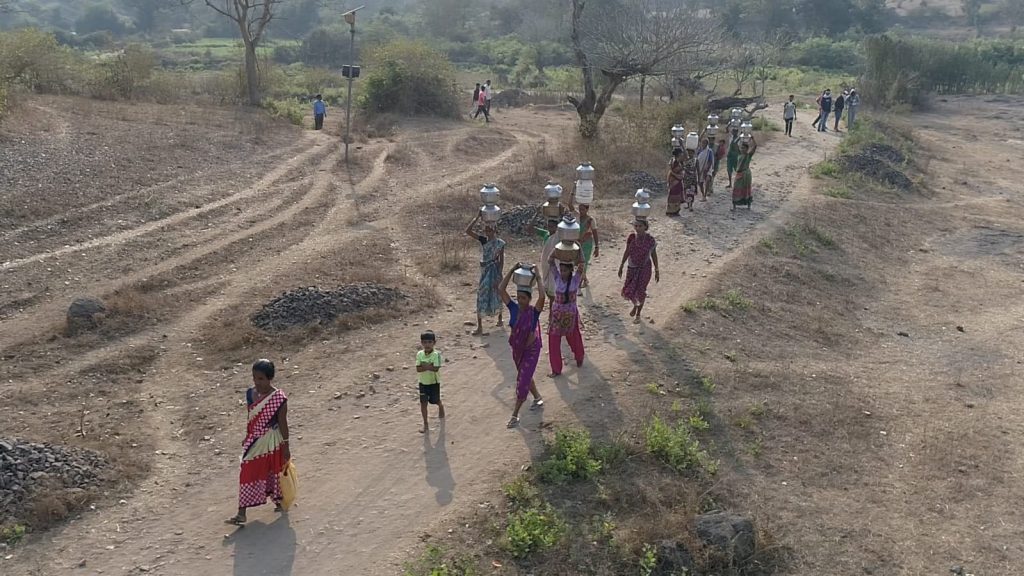 Health, Water, Sanitation and Hygiene: When women have to walk kilometres to fetch water or wait till dark to relieve themselves in open fields due to the absence of a loo, we cannot expect them to contribute to any economic activity for their home. This drudgery is most common in rural India, where their house does not have a water tap or toilet. This leads to multiple long trails of social, emotional, physical and mental issues. Lack of these necessities opens them to early onset of joint pains and posture issues, waterborne and other infectious diseases. Young girls drop out of school to support their mothers. When most tasks of a woman are centred around fetching water fuel and thus, answering these needs with support from stakeholders is essential to bring rural India out of poverty.
Health, Water, Sanitation and Hygiene: When women have to walk kilometres to fetch water or wait till dark to relieve themselves in open fields due to the absence of a loo, we cannot expect them to contribute to any economic activity for their home. This drudgery is most common in rural India, where their house does not have a water tap or toilet. This leads to multiple long trails of social, emotional, physical and mental issues. Lack of these necessities opens them to early onset of joint pains and posture issues, waterborne and other infectious diseases. Young girls drop out of school to support their mothers. When most tasks of a woman are centred around fetching water fuel and thus, answering these needs with support from stakeholders is essential to bring rural India out of poverty.
 Education: Over 41 lakh children dropped out of secondary school in India in 2020 (UDISE+ Report 2021.) As schools have re-opened after the pandemic, students must not miss out on school. We have seen that students drop out of school as they reach puberty. This is because of the lack of basic toilets and drinking water in schools. Thus, through support from stakeholders, we can
Education: Over 41 lakh children dropped out of secondary school in India in 2020 (UDISE+ Report 2021.) As schools have re-opened after the pandemic, students must not miss out on school. We have seen that students drop out of school as they reach puberty. This is because of the lack of basic toilets and drinking water in schools. Thus, through support from stakeholders, we can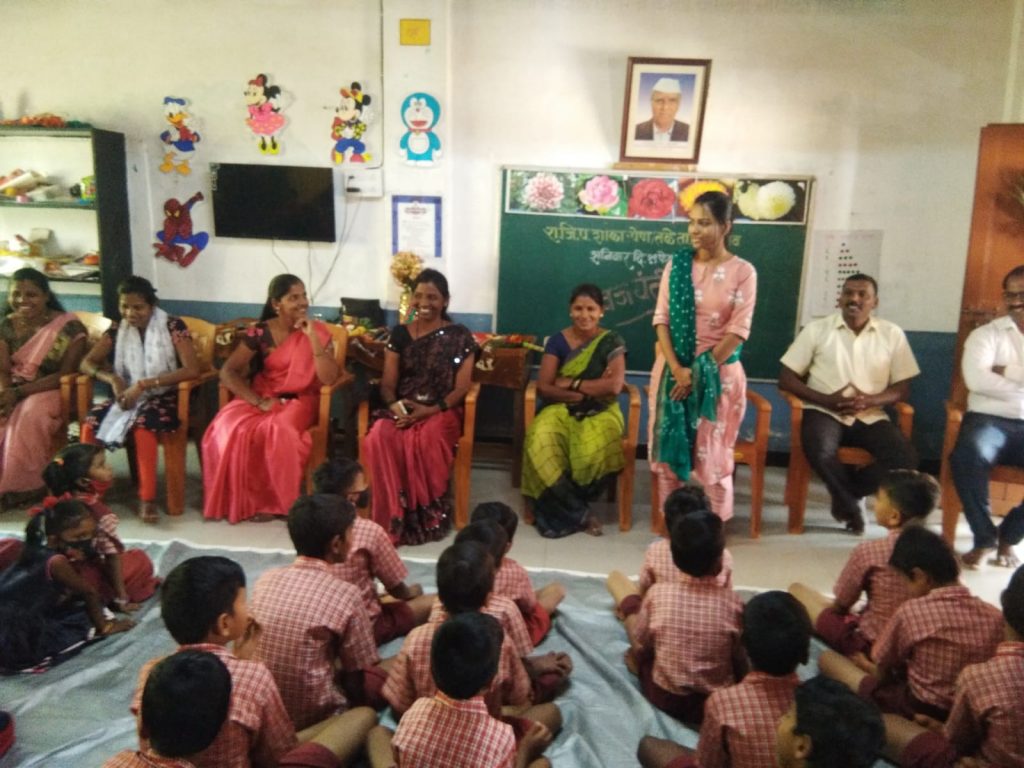 ensure the schools are equipped with similar facilities to any other urban school. The School Management Committee of Bhuwan village in Mangaon, Raigad, decided to develop a dream school for their village. They understood the concept of “Adarsh Shala” (Ideal School) and the role of the School Management Committee (SMC) in its development. Five community members from SMC took exposure visits and planned a strategy to make the village schools an “Adarsh School”. They did this with the participation of SMC members, parents, teachers, and Gram Panchayat members. They painted the whole school premises and class walls with graphics to create an inclusive environment for them to learn. They are presently consulting a few private donors to enable students with eLearning infrastructure.
ensure the schools are equipped with similar facilities to any other urban school. The School Management Committee of Bhuwan village in Mangaon, Raigad, decided to develop a dream school for their village. They understood the concept of “Adarsh Shala” (Ideal School) and the role of the School Management Committee (SMC) in its development. Five community members from SMC took exposure visits and planned a strategy to make the village schools an “Adarsh School”. They did this with the participation of SMC members, parents, teachers, and Gram Panchayat members. They painted the whole school premises and class walls with graphics to create an inclusive environment for them to learn. They are presently consulting a few private donors to enable students with eLearning infrastructure.
I hope that one can look at poverty through two lenses – material and mental. While most of the time, the focus is largely on material gaps, the sustainable solution must also address the mental aspect. This makes poverty eradication a complex task that calls for the adoption of a holistic rural development model that creates a strong cadre of empowered community workers who transform their lives. These community members are empowered with the knowledge, capacity, and ability to draw resources to overcome the challenges and sustain the development of ever-evolving needs and opportunities.
 Livelihoods: The migrant crisis the nation witnessed during the pandemic calls for the need to invest in sustainable livelihoods. To eradicate economic poverty, income augmentation has to be a continuous process for rural families. Thus, empowering farmers with AgTech or Agriculture Technology, engaging in sustainable livelihoods, skilling rural youth and
Livelihoods: The migrant crisis the nation witnessed during the pandemic calls for the need to invest in sustainable livelihoods. To eradicate economic poverty, income augmentation has to be a continuous process for rural families. Thus, empowering farmers with AgTech or Agriculture Technology, engaging in sustainable livelihoods, skilling rural youth and 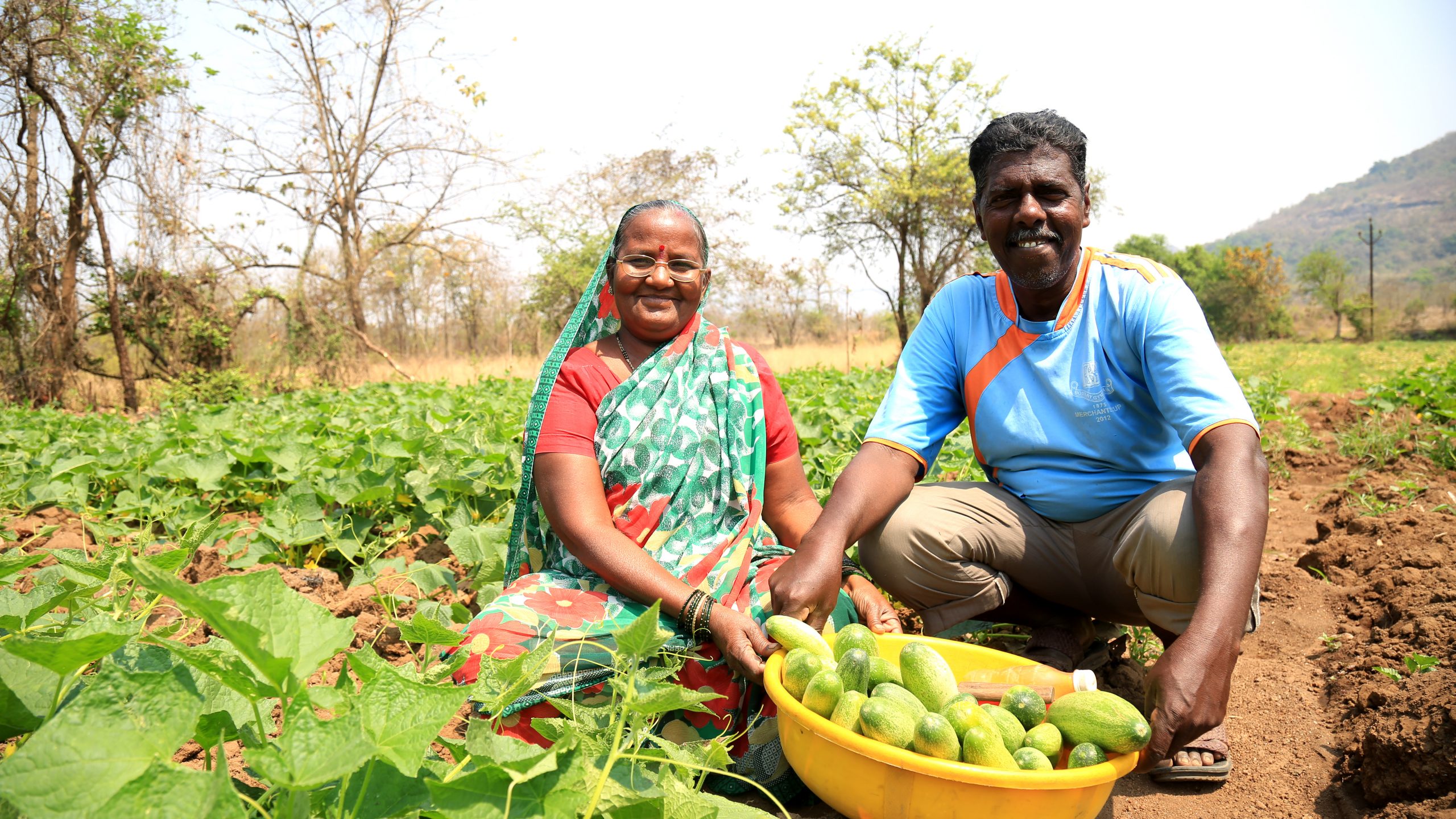 women and rural entrepreneurship, strengthening SHGs, digital empowerment, and financial literacy are needs of the hour. In Raigad, over 8,000 rural families have engaged in sustainable livelihoods, rural entrepreneurship and skilling in 2021, post the pandemic. Over 9,000 households have more than two sources
women and rural entrepreneurship, strengthening SHGs, digital empowerment, and financial literacy are needs of the hour. In Raigad, over 8,000 rural families have engaged in sustainable livelihoods, rural entrepreneurship and skilling in 2021, post the pandemic. Over 9,000 households have more than two sources 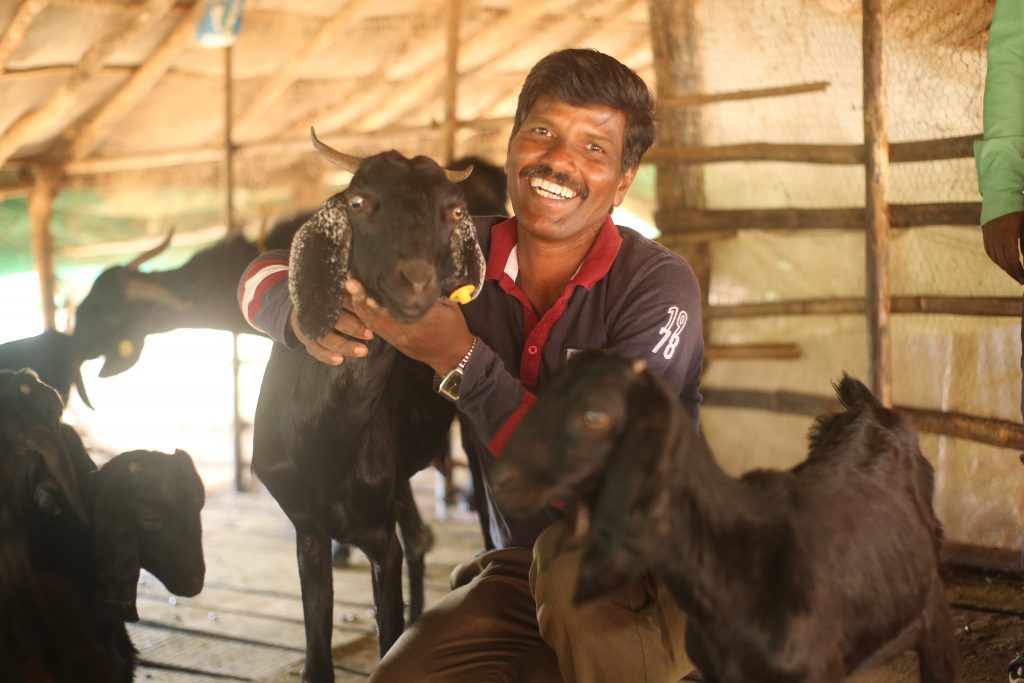 of income, maintaining its consistent flow. Many villages in rural Maharashtra are opting for solar street lights and solar-powered water schemes to reduce their community expenses.
of income, maintaining its consistent flow. Many villages in rural Maharashtra are opting for solar street lights and solar-powered water schemes to reduce their community expenses.
This holistic development model with community ownership is implemented successfully in thousands of villages of Raigad and Nashik. It is scalable, replicable and impactful.
Enabler 3: Collaborations and Partnerships Key to Making India Poverty-free
Post the pandemic, we have an opportunity where communities, development partners, non-profits, corporations, and government can work together to solve the poverty crisis. As John C Maxwell said, “Collaboration is Multiplication”. Since poverty eradication is a task of great scale and complexity, collaborative efforts can create a greater impact. Keeping the community at its core and forging partnerships with stakeholders – corporations for resources, government for action orientation support on various schemes, and non-profits for specialisation – are essential for poverty eradication.

Conclusion
I hope that one can look at poverty through two lenses – material and mental. While most of the time, the focus is largely on material gaps, the sustainable solution must also address the mental aspect. This makes poverty eradication a complex task that calls for the adoption of a holistic rural development model that creates a strong cadre of empowered community workers who transform their lives. These community members are empowered with the knowledge, capacity, and ability to draw resources to overcome the challenges and sustain the development of ever-evolving needs and opportunities.

